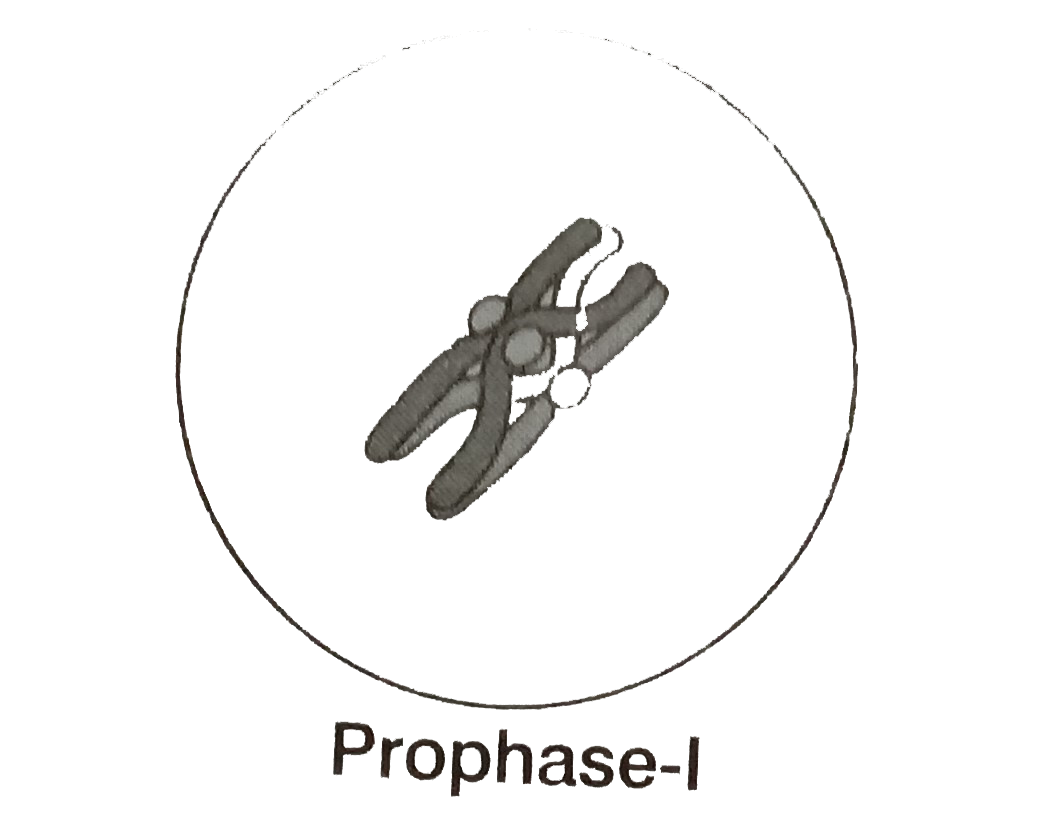Homologous pairing in prophase I of meiosis I is called
Synapsis
Linkage
Crossing over
Syndesis
The correct Answer is:a
Step by step video, text & image solution for Homologous pairing in prophase I of meiosis I is called by Biology experts to help you in doubts & scoring excellent marks in Class 11 exams.
Updated on:21/07/2023Topper's Solved these Questions
Similar Questions
Knowledge Check
Which of the following distinguishes prophase I of meiosis I from mitotic prophase?
AThe number of chromatids per chromosomeBSynapsisCCrossing-overDThe number of homologuesThe number of chromatids in a cell in prophase I of meiosis of a person with Turner syndrome (XO) is
A23B25C46D90Which type of chromosomes segregate during prophase-I of meiosis?
AHomologous chromosomesBNon-homologous chromosomesCA' and 'B' chromosomesDCentric and acentric chromosomes
The process by which homologous chromosomes are paired during prophase-I is called.
View SolutionAssertion.Meiosis produces four genetically dissimilar cells.
Reason.Synapsis,crossing over and disjunction of homologous chromosomes occur in the prophase,of meiosis-I
View SolutionThe number of bivalents in Prophase I of meiosis are 10. How many chromosomes will be in Anaphase II of meiosis at each pole?
View SolutionCommon changes that occur in prophase of mitosis and prophase-I of meiosis are
I. Formation of bivalents
II. Condensation of chromatin
III. Chromosomal movement to poles
IV. Disappearance of nuclear membrane and nuclear membrane and nucleolus
V. Splitting of centromere
View SolutionWhich one is correct about crossing over/ genetic recombination?
I. It occurs in tetrad stage. It occurs in pachytene of prophase I of meiosis I
II. It occurs between non-sister chromatids of homologous chromosomes
III. It is the exchange of gene.tic material between the homologous chromosomes
IV. It is recombinase enzyme mediated process
V. Recombination nodule of synaptonemal complex between the homologous chromosomes is the site of crossing over.
VI. It causes genetic variation which is important for evolution.
VII. It is also the reciprocal transfer of genes between the non homologous chromosomes
View Solution

